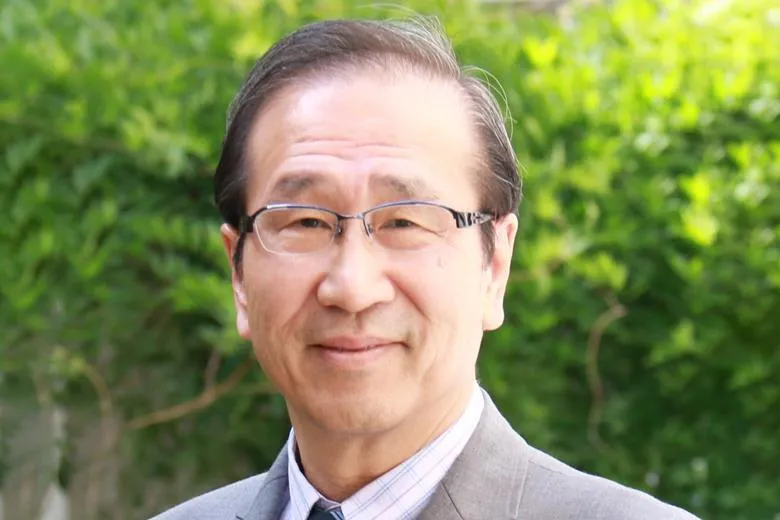
* Professor Susumu Kitagawa, born in 1951 in Kyoto, Japan
He received his undergraduate and PhD studies at Kyoto University; he received his PhD in 1979. He is currently a Professor at Kyoto University, and also holds a managerial position at the Institute for Integrated Materials & Cell Science of Kyoto. Main research areas: inorganic chemistry, materials chemistry, especially “chemistry of coordination space”, synthesis and investigation of porous coordination polymers/metal–organic frameworks.
In 1997, he presented experimental evidence demonstrating the ability of metal coordination materials to adsorb gases (porous coordination polymers), initially paving the way for the MOF field.
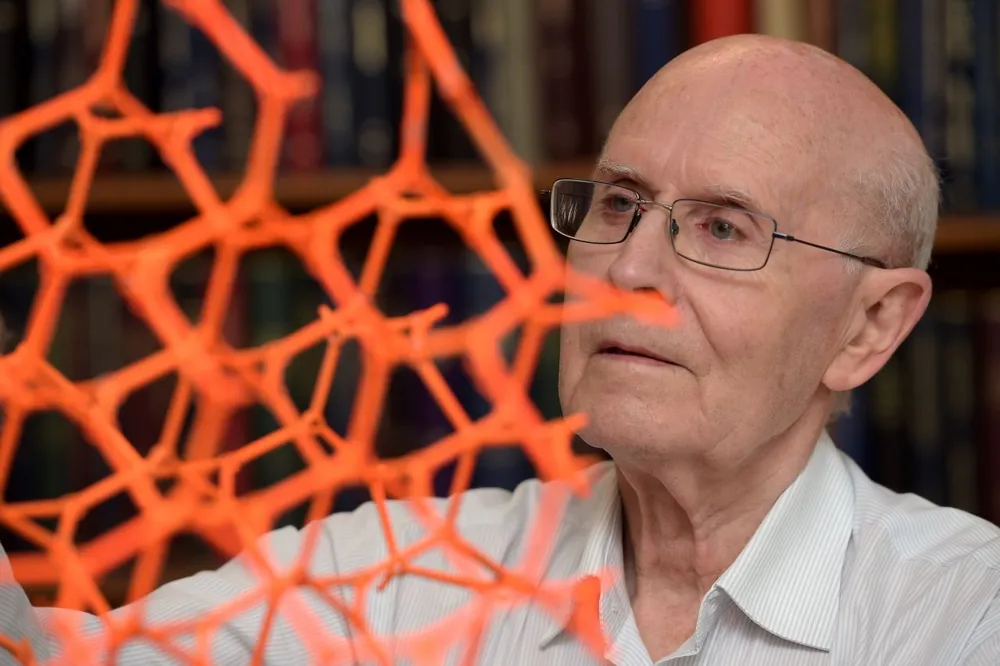
* Professor Richard Robson, born in 1937 in Glusburn, West Yorkshire, England
He is a Professor of Chemistry at the University of Melbourne, Australia, specializing in coordination polymers, especially MOF structures. He is considered one of the pioneers in “crystal engineering” with transition metals. From building wooden models (ball + stick) in chemistry class to understand molecular structure, he came up with the idea of combining metal ions and organic molecules in a purposeful way to create molecularly assembled materials. Many of his works have inspired the development of the MOF field later.
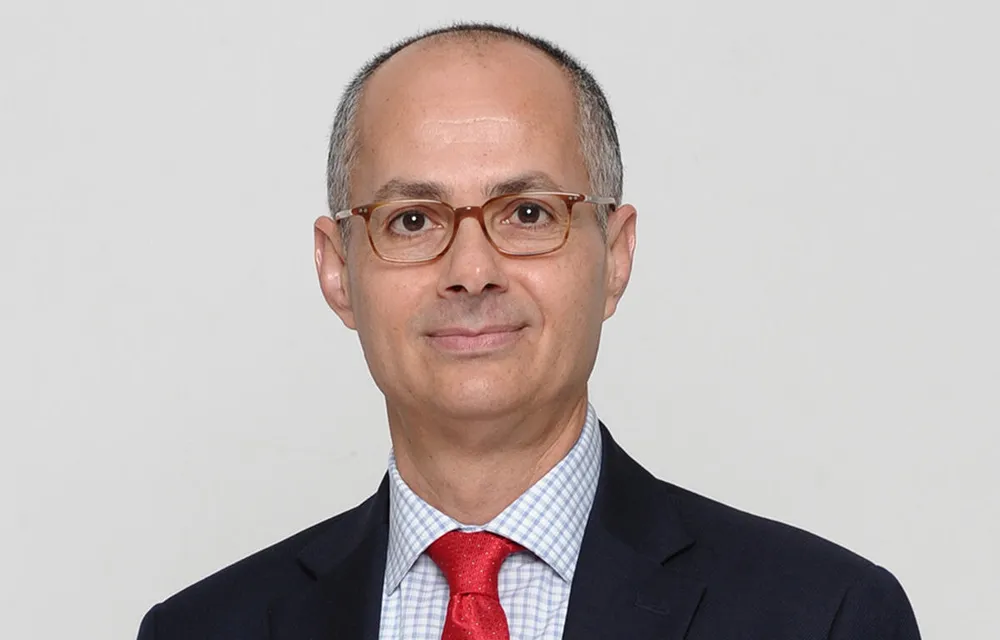
* Professor Omar M. Yaghi, born in 1965 in Amman, Jordan
He received his PhD in 1990 from the University of Illinois Urbana-Champaign, USA. He spent his teaching and research career at many prestigious universities in the US such as Arizona State University, University of Michigan, UCLA. Since 2012, he has been a Professor at the University of California, Berkeley. He is a pioneer in reticular chemistry, a field related to “stitching” molecular blocks with strong bonds to create open frameworks with crystalline structures. This discovery helped open up the world of materials such as MOFs.
Source: https://www.sggp.org.vn/chan-dung-3-nha-khoa-hoc-nhan-giai-nobel-hoa-hoc-2025-post816993.html


![[Photo] Prime Minister Pham Minh Chinh attends the World Congress of the International Federation of Freight Forwarders and Transport Associations - FIATA](https://vphoto.vietnam.vn/thumb/1200x675/vietnam/resource/IMAGE/2025/10/08/1759936077106_dsc-0434-jpg.webp)


![[Photo] Prime Minister Pham Minh Chinh inspects and directs the work of overcoming the consequences of floods after the storm in Thai Nguyen](https://vphoto.vietnam.vn/thumb/1200x675/vietnam/resource/IMAGE/2025/10/08/1759930075451_dsc-9441-jpg.webp)





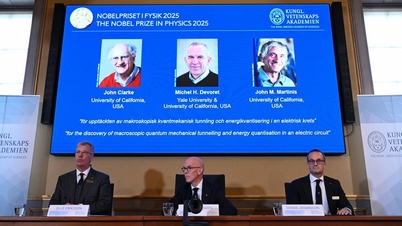









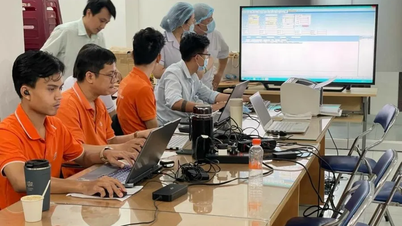







































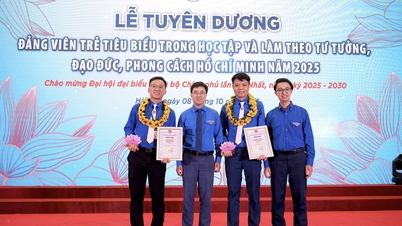


















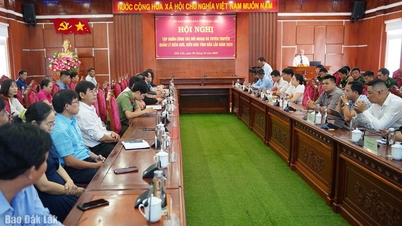

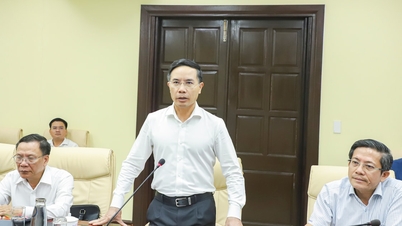
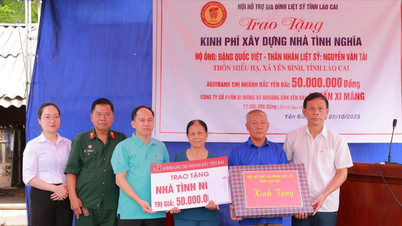







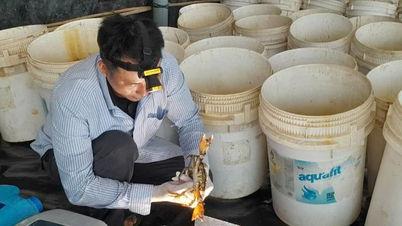










Comment (0)